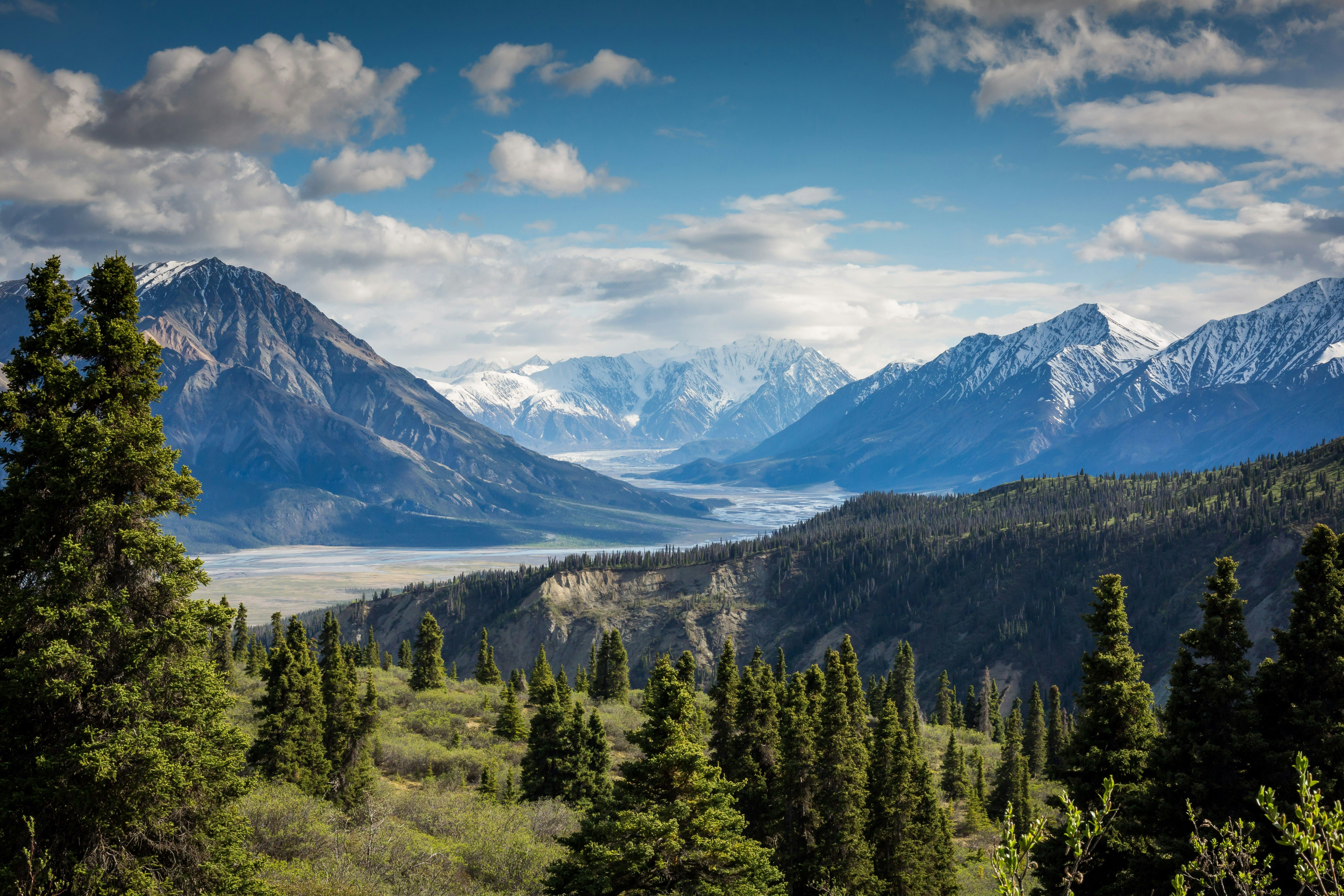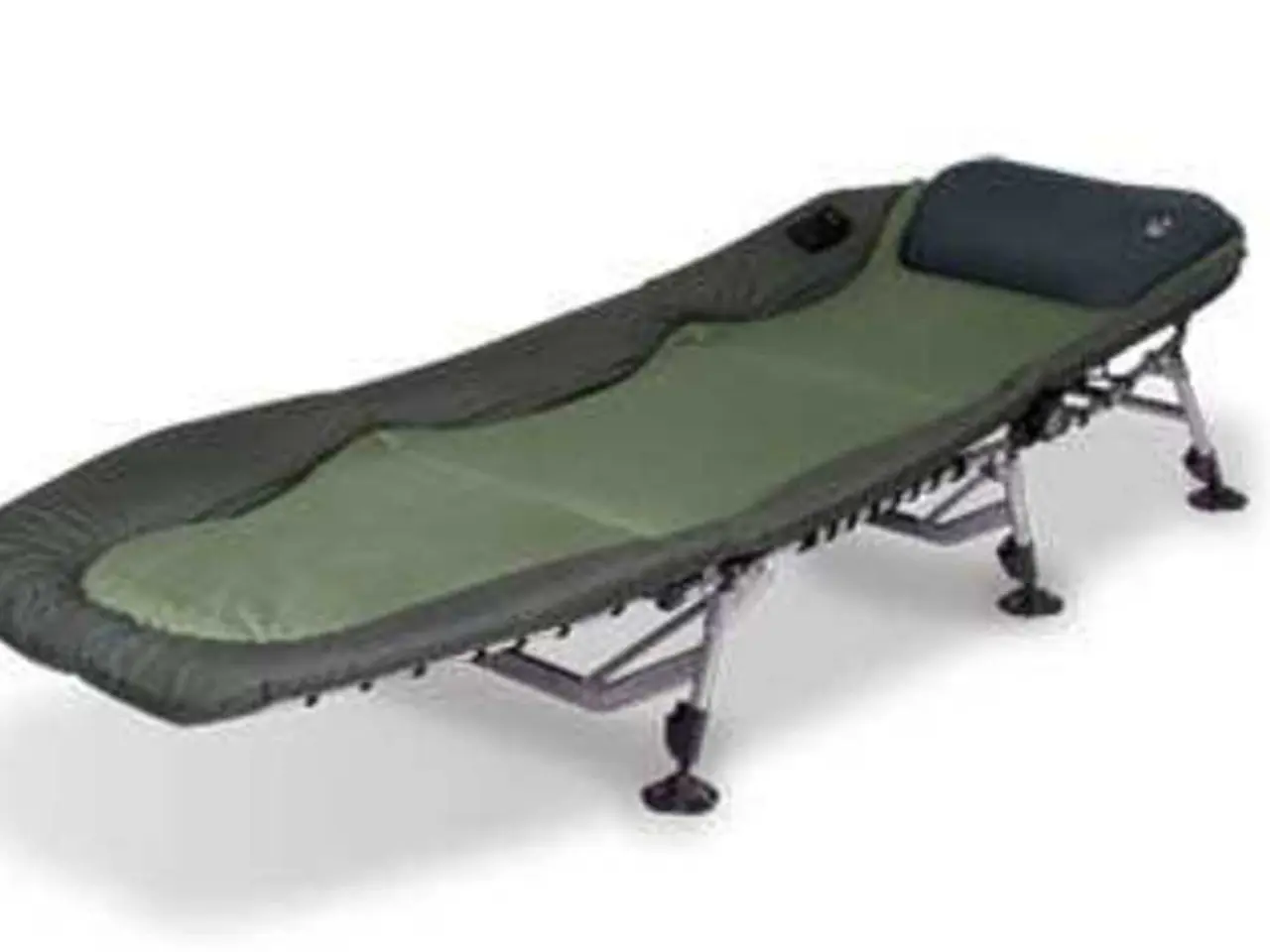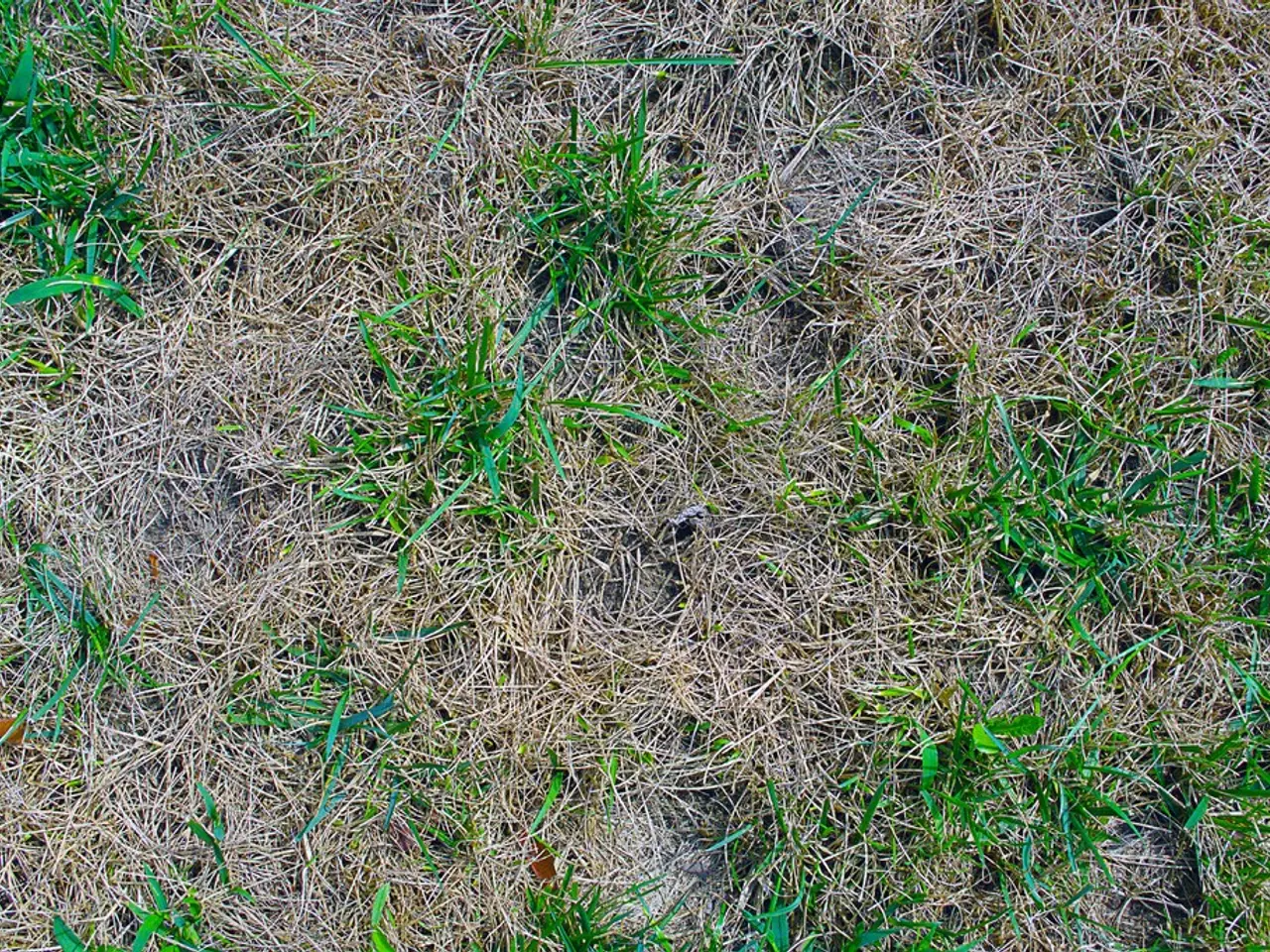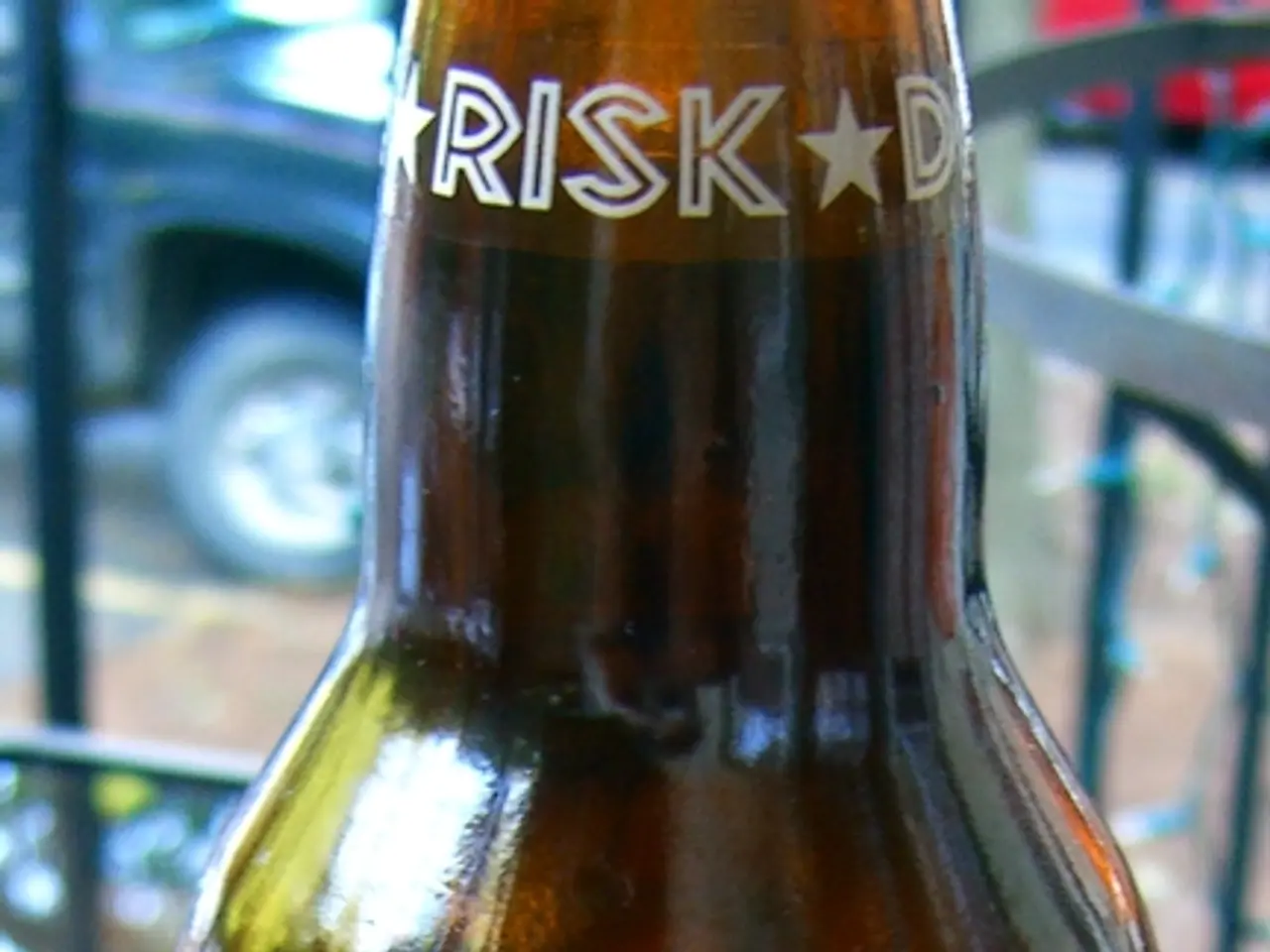Inquiring about skiing off-piste coverage under Swiss insurance policies.
Off-Piste Skiing in Switzerland: What's Covered, What's Not
Listen up, ski bums! If you've got Swiss residence, whether you're a swissy or a foreigner, you're already insured for accidents - usually through your job if you clock eight hours or more, or via your own policy if you're self-employed.
But there's a catch. If you choose to ski off the beaten path, a.k.a. off-piste, you're venturing into known danger zones like avalanches, crevasses, and other slippery obstacles. So, will your Swiss insurance cover ya if you take a tumble? Let's dive into the details.
First things first, where does the safe zone end and off-piste begin? In the Swiss Alps, next to the marked ski slopes, there's a two-meter strip that's still secured by the lifts. "But as soon as you leave the strip, you're already off-piste skiing," said Nicolas Duc, the prez of the Swiss Commission for the Prevention of Accidents on Snow Sports Descents.
Fret not, off-piste skiers, because off-piste is legal in Switzerland. "You simply have to respect the rules and take a few common-sense precautions before venturing out there," Duc said. That means equipping yourself with an avalanche victim detector, a shovel, and a probe to perform first aid and free a person in case of an avalanche. But the most important element is training. Courses are available in various Alpine resorts to raise awareness and train for this sport.
Now, here's where things get a bit tricky. Since insurance companies can't technically forbid off-piste skiing, they can't withhold coverage if you get injured, especially if you've taken the recommended precautions. However, if the insurance company can prove that you ventured into dangerous territory unprepared or untrained – they might call it a 'reckless enterprise' – you could see your benefits reduced.
But it doesn't stop there. Let's say you trigger an avalanche (yep, it happens). If you're injured in this 'reckless enterprise' of your own doing, then the accident insurance might refuse to pay for your medical bills. And things could get even more complicated if your self-triggered avalanche lands on the groomed slope and injures other skiers. "If the avalanche is triggered while off-piste skiing when the danger is high and it lands on the marked slope, the person risks being convicted for obstructing public traffic," Duc warned. You'd also have to pay for the costs of the rescued skiers.
And if you yourself were injured in the avalanche you activated, accident insurance might refuse to pay all the costs associated with your medical treatment. Moral of the story? Stick to the marked slopes or take the necessary precautions before hitting the off-piste trails.
ON A SIDE NOTE: Should I take out insurance before I go skiing in Switzerland?
Travel Insurance Policies: The Fine Print
It's essential to note that most standard travel insurance policies exclude off-piste skiing unless explicitly stated. Even specialized policies may impose strict conditions like covering only groomed slopes or requiring you to be accompanied by a certified guide. Some policies extend coverage to off-piste areas only for medical emergencies within specified parameters.
Key exclusions include self-triggered avalanches, lack of proper safety gear and training, and jurisdictional factors that may limit claims against third parties. Local mountain rescue costs are rarely fully covered by standard policies and may require supplemental insurance.
To address these gaps, consider seeking policies explicitly covering off-piste skiing or mountain-specific rescue memberships like the Swiss Alpine Club. Ensure your policy includes helicopter evacuation and alpine rescue costs, which standard plans frequently omit, and verify whether it covers avalanche gear loss or damage. Happy skiing!
- Your Swiss insurance may cover accidents that occur while on-piste, but off-piste skiing carries risks not typically included, such as avalanches and crevasses.
- Off-piste skiing is legal in Switzerland, but it's crucial to take precautions like having an avalanche victim detector, shovel, and probe, and undergoing proper training.
- Insurance companies may refuse to pay for medical bills if they can prove that an off-piste accident was a result of reckless enterprise, such as venturing into dangerous territory unprepared or untrained.
- To ensure comprehensive coverage for off-piste skiing in Switzerland, consider purchasing a policy or a mountain-specific rescue membership like the Swiss Alpine Club, which often covers helicopter evacuation, alpine rescue costs, and avalanche gear loss or damage.







